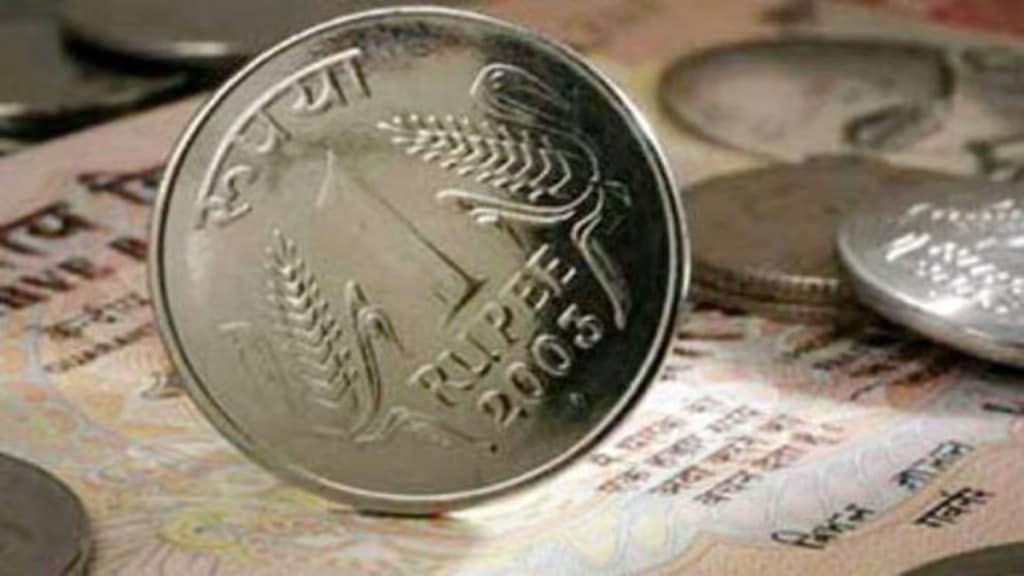The Reserve Bank of India (RBI) is estimated to have sold $3-5 billion in spot and non-deliverable forward markets to support the rupee on Wednesday, traders said, marking its largest intervention in months.
Seven traders from private, state-run and foreign banks provided the estimates, with two suggesting sales of $5 billion, citing significant activity in the non-deliverable forward market. The RBI did not respond to an emailed request for comment.
The interventions helped the rupee post its biggest single-day advance in four months on Wednesday. The rally continued into Thursday, with the currency reaching an intraday high of 87.70 per U.S. dollar.
The rupee had come under pressure in recent weeks due to punitive U.S. tariffs, weak equity flows, and demand for gold imports. Prior to the central bank stepping in, the rupee was hovering near its all-time low of 88.80.
Significance of intervention
The rupee had depreciated “beyond expectations, and yesterday’s central bank move, though bigger, was not entirely surprising,” said Alok Singh, group head of treasury at CSB Bank in Mumbai.
From here, “the rupee should appreciate,” he added.
The exact scale of the RBI’s intervention is difficult to determine since it operates through multiple state-run banks, and non-deliverable forward activity is harder to measure.
Traders rely on market volumes, price action, and the behaviour of banks handling RBI flows to estimate intervention levels. Brokers provide post-market clues about volumes executed by specific banks.
Interbank market and broker volumes spiked on Wednesday amid the volatility triggered by the RBI’s actions, bankers said.

